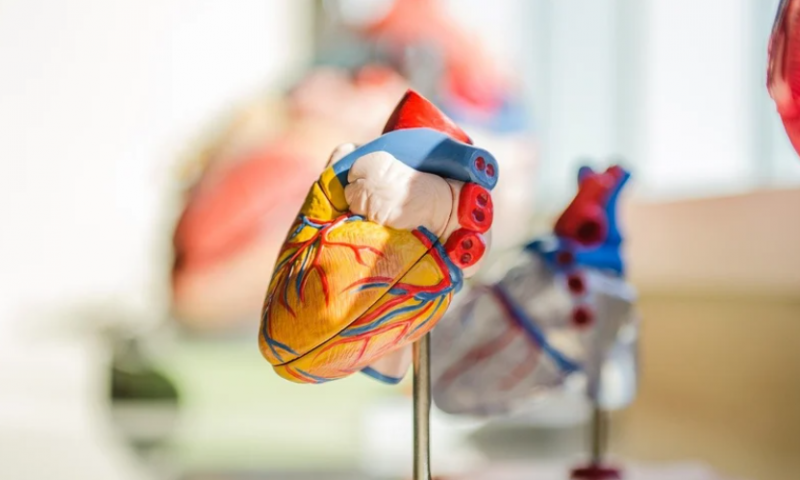More than a decade after first earning the FDA’s sign-off for its Zio ECG patch, iRhythm is still churning out data to prove beyond a shadow of a doubt the heart monitor’s ability to spot atrial fibrillation and other arrhythmias as early as possible. The latest bit of proof came in the form of a trio of studies presented at the American College of Cardiology’s annual scientific meeting.
The research shows that the two-week, artificial intelligence-powered Zio system doesn’t just aid in diagnosing afib in patients with a standard risk level, but also helps monitor higher-risk patients after cardiac and other procedures, potentially saving hospitals time, money and bed space.
“We are excited that these new data continue to demonstrate that Zio’s clinical accuracy is beneficial in directing patient care across a variety of settings while improving clinical workflows and hospital capacity. We are also particularly encouraged to see further evidence of Zio’s ability to support early detection and diagnosis of AF in moderate-risk populations,” said Dietra Jones, iRhythm’s executive VP of clinical operations.
One set of results came from the GUARD-AF study and comprised data from more than 5,700 patients aged 70 and older—”the largest sample of patch monitor AF screening to date,” according to the study—with a moderate risk of developing afib.
Though none of the patients had previously been diagnosed with the arrhythmia, after 14 days of monitoring with the Zio patch, nearly 5% were found to have signs of afib. Additionally, 30 of the patients had 100% afib, also called persistent afib, in which symptoms last longer than seven days at a time.
Another study used iRhythm’s device to look for certain complications after a transcatheter aortic valve replacement procedure, including afib, high-degree atrioventricular block and supraventricular tachycardia. “Little is known” about the clinical impact of contracting the latter two after a TAVR procedure, the study’s authors said.
Following the patients for two weeks after the procedure with the Zio patch’s ECG readings helped establish patterns determining the risk of contracting either of those conditions, per the study, proving that the patch should then be used in the future to monitor high-risk cases.
The third study also followed patients after a hospital stay, focusing on those with syncope, a condition that causes fainting. In that case, 183 patients were given the Zio patch to wear for 14 days after being discharged from the emergency room.
Just over 8% of the patients experienced arrhythmia events that triggered an alarm to their healthcare providers, but the overwhelming majority of those events occurred at least 24 hours after discharge, proving that it may be unnecessary for many syncope patients to stay at the hospital for extra days of observation after visiting the ER. In total, the study found, the experiment saved the health system 136 days’ worth of inpatient resources.

